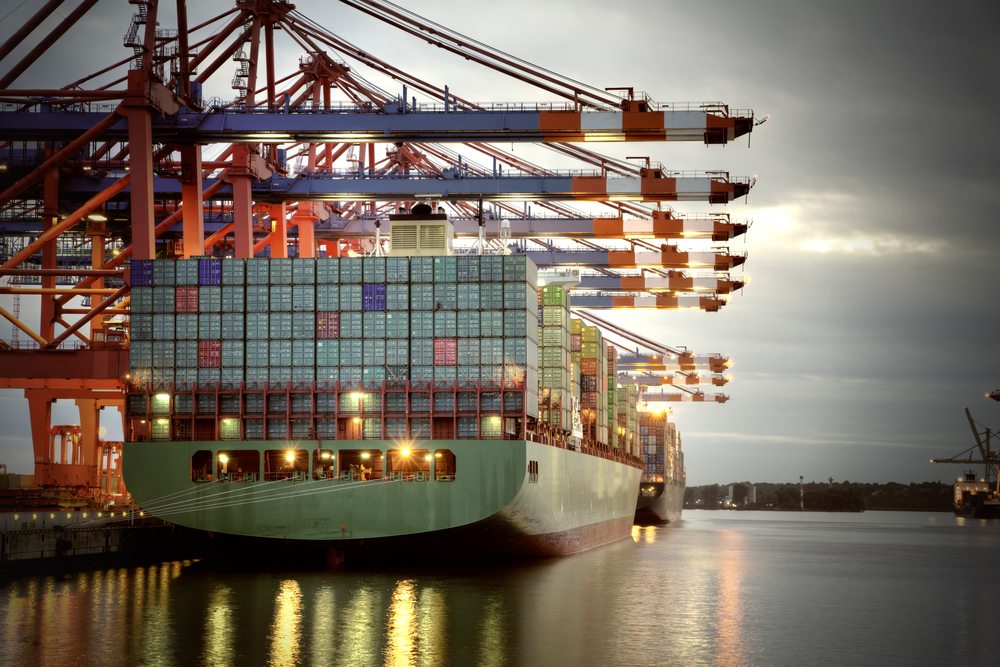TPP Winners and Losers

Please note that we are not authorised to provide any investment advice. The content on this page is for information purposes only.
After five years of struggle, the United States, Japan and 10 other economies in Asia and Latin America signed a massive trade pact: the Trans-Pacific Partnership (TPP). The winners are obvious: US President Barack Obama and Japanese Prime Minister Shinzo Abe as well as, arguably, the US and Japanese economies. Obama can leave office with a strong demonstration of the US pivot to Asia and Abe can finally argue that the third arrow of his Abenomics program is not empty.
After five years of struggle, the United States, Japan and 10 other economies in Asia and Latin America signed a massive trade pact: the Trans-Pacific Partnership (TPP). The winners are obvious: US President Barack Obama and Japanese Prime Minister Shinzo Abe as well as, arguably, the US and Japanese economies. Obama can leave office with a strong demonstration of the US pivot to Asia and Abe can finally argue that the third arrow of his Abenomics program is not empty.
The losers are also obvious: China and Europe. China is not only out of the deal, but it is out on purpose. At some point, China had an invite into the negotiations and some still expect China to continue discussing membership in the future. Obama’s official statement on TPP makes it very clear of China’s intentional exclusion: ‘When more than 95 percent of our potential customers live outside our borders, we can’t let countries like China write the rules of the global economy’. For China, the issue is not only losing access to the US market but also the fact that its most important trading partners are in the deal, with the notable exception of Europe.
Europe has spent years negotiating with the United States on another major trade pact, the Transatlantic Trade and Investment Partnership (TTIP). It may need to be more accommodating to reach a deal before Obama leaves, as the president’s interest in securing major trade pacts has probably waned somewhat after this victory. On the other hand, many of the negotiation benchmarks reached by the US government for TPP will probably not be acceptable for Europe.
The fact that TPP has not yet being ratified by national parliaments’ still offers room for doubt as to TPP’s actual economic significance, given that exemptions from its coverage could spring out in every jurisdiction. There is no doubt that it will be economically relevant. TPP covers 40 percent of global trade and spans 800 million people. It will reduce trade barriers to the minimum in virtually every sector (including generally protected ones such as agriculture) and establish common standards for use by all participants, be it for investment, environment or labour.
The United States has been very successful in its negotiations with its TPP partners. Cornerstones of its success are evident in the primacy of the protection of brand names over the protection of geographical indications of agricultural products and the prioritisation of the protection of trade secrets over press freedom in the final deal. These conditions show the price that countries like Japan are willing to pay for US-led security.
The high price to pay in terms of US supremacy on the negotiation table makes it all the more unlikely that China will seriously consider joining the bloc in the near future. The treatment of state-owned enterprises and data protection in particular are two stumbling blocks. The latter is also a key deterrent for Europe’s TTIP negotiations.
The question, then, is what should China and Europe do against the background of a huge economic block like TPP? Having lost hope of a multilateral process under the axis of the WTO, both China and Europe have been piling up bilateral free trade agreements (FTA) with countries of interest, some of which are also part of TPP. For example, China recently closed a deal with Australia while Europe has done the same with Singapore and Vietnam.
China is aware that such bilateral FTAs will remain quite futile compared to TPP, both in terms of size and coverage. It is therefore gearing towards a regional strategy, participating in talks on another mega-regional trade deal, the Regional Comprehensive Economic Partnership (RCEP), which would link it to 10 Southeast Asian Nations and Japan. Yet it remains unclear whether these countries will pursue such deal once TPP is up and running.
Against this gloomy backdrop, China and Europe may finally look at each other and find some commonalities that they were unaware of before. The process will not be easy, but at least there is a starting point: Europe is currently negotiating a bilateral investment agreement with China, following in the footsteps of the United States. Now that the United States and China seem to have lost the momentum for their own bilateral investment agreement, which was notably absent during Chinese President Xi Jinping’s recent state visit, Europe could — at last — become a frontrunner in the negotiations with China.
Where does the TPP leave China and Europe? is republished with permission from East Asia Forum




